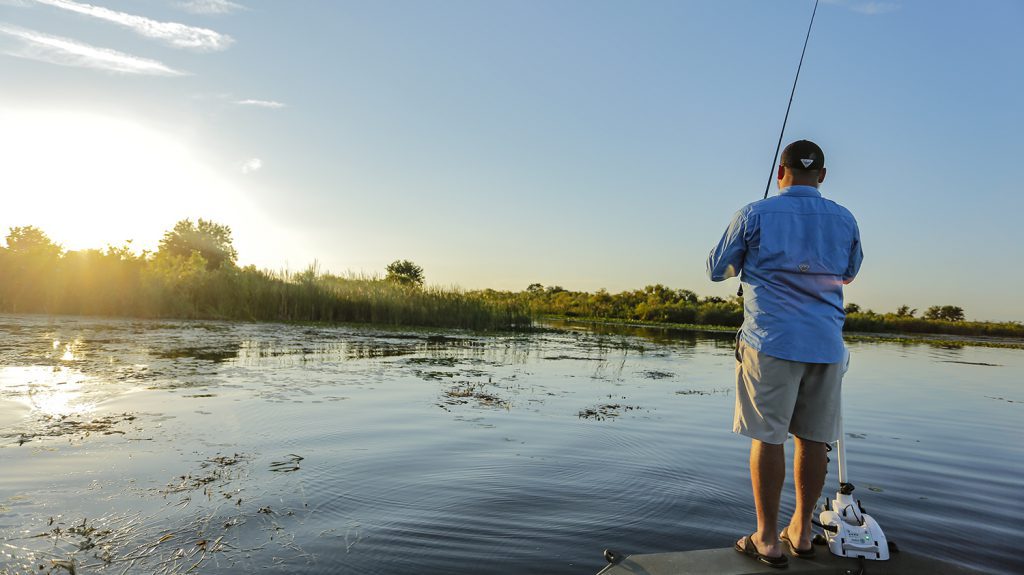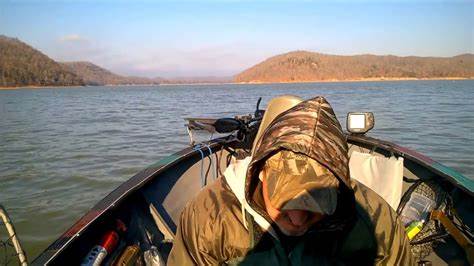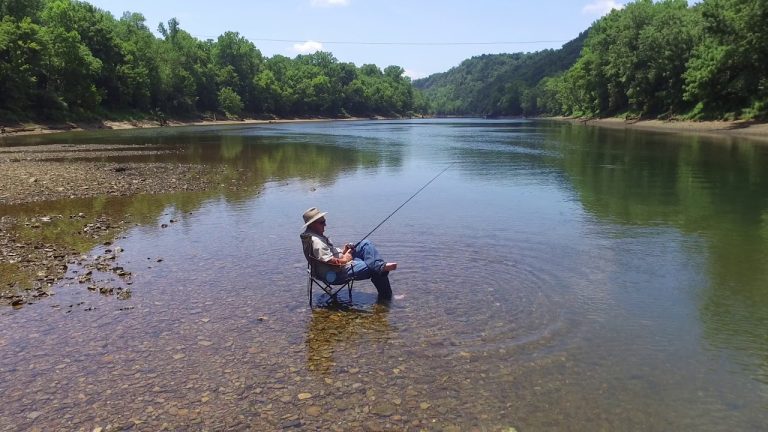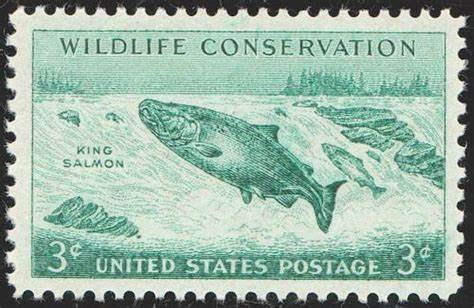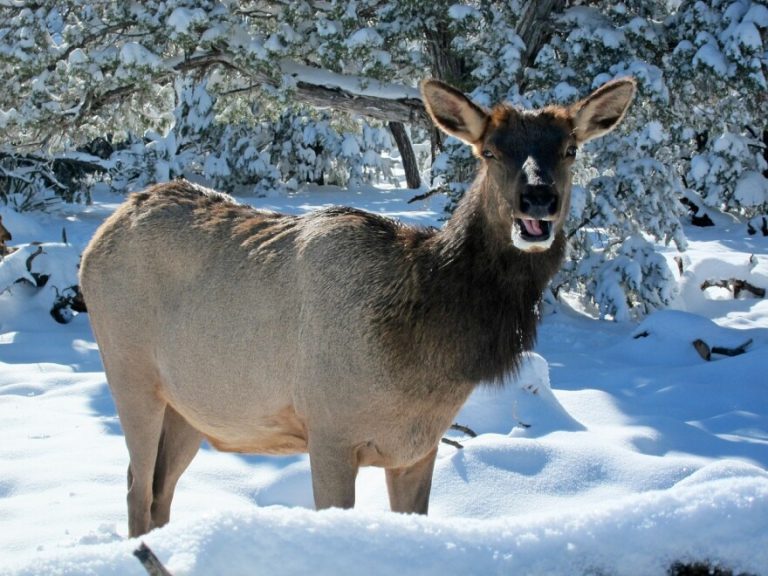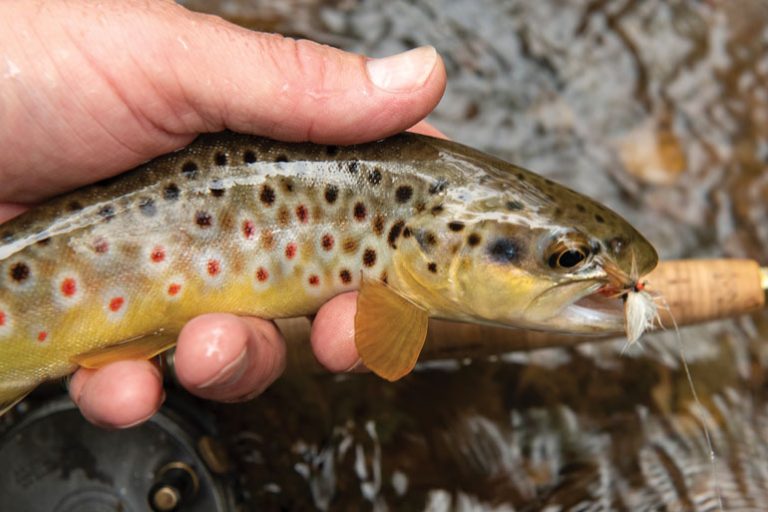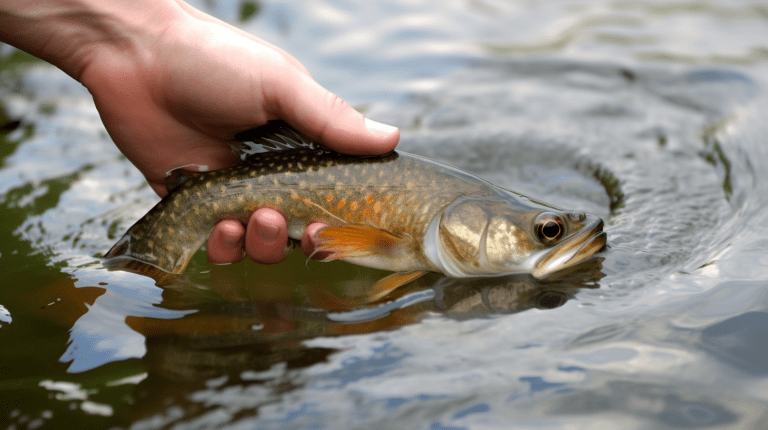Muskellunge, or muskie, represent the pinnacle of freshwater sport fishing in North America. These apex predators can grow to impressive sizes, with the current world record standing at an astonishing 69 pounds 11 ounces from Wisconsin’s famed Chippewa Flowage. For serious anglers, understanding the specific regulations governing trophy muskie waters is essential for both compliance and conservation.
Trophy waters feature specialized regulations designed to maximize the potential for growing exceptional fish while ensuring sustainable populations. These regulations vary significantly by state, with minimum length limits ranging from 40 inches in Pennsylvania to a substantial 54 inches in Minnesota’s inland waters.
Understanding Trophy Water Designations
Trophy muskie waters are designated based on several key factors:
- Biological growth potential of the water body
- Historical catch data showing trophy potential
- Genetic factors of the resident muskie population
- Water productivity and forage availability
According to the Wisconsin Department of Natural Resources, “One important program goal is to manage muskellunge as a ‘trophy.’ What constitutes a trophy varies from angler to angler, based on their personal feelings, and from water to water, based on the biological potential of the population.”
These special designations protect exceptional muskie populations through stricter harvest regulations, specific gear requirements, and sometimes seasonal restrictions. While regulations vary by state, they share the common goal of producing and maintaining fisheries where muskies can reach their maximum growth potential.
State-by-State Trophy Muskie Regulations
Wisconsin
Wisconsin, home to the current world record muskie, employs a standard 40-inch minimum length limit for approximately 94% of its muskie waters, with specialized regulations for waters with exceptional trophy potential. The Wisconsin DNR notes that “Trophy fishing opportunities [are] based on water productivity and growth potential of the fish and facilitated by higher minimum length regulations.”
Wisconsin also restricts trolling in many waters throughout the state, a measure originally developed to reduce muskie harvest. For the most current regulations, visit the Wisconsin DNR website or check the requirements for getting a Wisconsin fishing license.
Minnesota
Minnesota enforces some of the most stringent muskie regulations in the country with a minimum size limit of 54 inches for inland waters. The Minnesota DNR states: “Anglers can’t keep a muskie unless it is at least 54 inches long,” emphasizing their commitment to catch-and-release ethics. This conservative approach has established Minnesota as a premier destination for trophy muskie anglers.
For complete information on Minnesota’s muskie regulations and fishing license requirements, visit the Minnesota DNR muskellunge page.
New York
New York offers diverse muskie fishing opportunities with varying regulations based on specific water bodies. According to the New York DEC, “The statewide minimum size limit for muskellunge is 40 inches and the season opens on June 1.” However, some waters have special regulations, such as Otisco Lake, which has a 36-inch minimum size limit.
Notable New York trophy muskie waters include:
- St. Lawrence River
- Chautauqua Lake
- Otisco Lake
- Waneta and Lamoka lakes
For details on New York fishing licenses and specific regulations, consult the New York DEC fishing regulations.
Michigan
Michigan recently updated its muskellunge regulations for important brood stock waters. As of April 1, 2025, “In Thornapple Lake (Barry and Eaton counties) and Lake Hudson (Lenawee County), new 50-inch minimum size limit regulations for muskellunge are in effect.”
These lakes serve as “important sources of Great Lakes-strain muskellunge, from which the Michigan Department of Natural Resources is developing a population of mature adults for future stocking needs.” For complete information, visit Michigan’s fishing license page or get your Michigan fishing license online.
Pennsylvania
Pennsylvania maintains a 40-inch minimum size limit for muskies in most waters. For Pennsylvania-specific regulations and licensing information, visit the Pennsylvania fishing license page or check Pennsylvania fishing license costs.
Comparing Minimum Length Requirements
Trophy muskie regulations are primarily defined by minimum length limits, which vary significantly between states and sometimes between different waters within the same state.
| State | Standard Minimum Length | Trophy Waters Minimum Length | Season Opening |
|---|---|---|---|
| Wisconsin | 40 inches | Varies by water body | Varies by water |
| Minnesota | 54 inches (inland) | 54 inches | June (typical) |
| New York | 40 inches (statewide) | 30-36+ inches (varies) | June 1 (inland) |
| Michigan | Varies | 50 inches | April 1, 2025 |
| Pennsylvania | 40 inches | 40+ inches | Year-round in some waters |
Notable Trophy Muskie Waters
Wisconsin’s Premier Trophy Waters
Wisconsin’s Chippewa Flowage stands as the most legendary muskie water in the world, producing the current world record of 69 pounds 11 ounces. This and other Wisconsin trophy waters benefit from specific management approaches designed to maximize trophy potential. For more information on Wisconsin’s best fishing spots, visit Wisconsin fishing information.
Minnesota’s Trophy Destinations
Minnesota’s trophy muskie program has produced exceptional results through strict regulations and targeted management. The Minnesota DNR emphasizes that “Muskies may indeed be elusive. But it is their low numbers in a lake – not craftiness – that makes them hard to catch.” For detailed information on Minnesota’s best muskie waters, check the Minnesota fishing page.
New York’s Muskie Hotspots
New York offers diverse muskie fishing opportunities, with several waters managed specifically for trophy potential. According to the New York DEC, “In Region 4, Canadarago Lake is once again stocked with tigers. Occasional trophies >30 lbs. are caught there each summer despite limited survival of stocked fish.”
Biological Management Strategies
Stocking Approaches
State agencies employ various stocking strategies to enhance trophy potential:
- Selective Stocking: Focusing on growth potential and genetic diversity
- Tiger Muskie Programs: Stocking hybrid tiger muskies for faster growth in some waters
- Female-Focused Stocking: Emphasizing female muskies, which typically grow larger than males
Habitat Management
Trophy potential is closely tied to habitat quality. Management practices often include:
- Protection of spawning areas
- Maintenance of weed beds and structure
- Water quality monitoring and improvement
- Forage base management
Growth and Genetics Factors
Understanding the genetic components of trophy potential helps inform management decisions:
- Different strains of muskies (such as Great Lakes strain vs. northern strain) have different growth potentials
- Michigan DNR specifies that certain lakes “are important sources of Great Lakes-strain muskellunge”
- Growth rates vary significantly by region and water productivity
Best Practices for Trophy Muskie Anglers
Ethical Catch and Release Techniques
Proper handling of trophy muskies is essential for their survival and continued growth:
- Use rubber nets to minimize damage to the fish’s slime coat
- Avoid lifting fish vertically, which can damage internal organs
- Minimize air exposure – keep the fish in the water as much as possible
- Use proper tools (hook cutters, long-nose pliers) for quick hook removal
- Support the fish horizontally when taking photos
- Revive the fish thoroughly before release
Recommended Tackle and Gear
Trophy muskie fishing requires specialized equipment:
- Heavy-duty rods rated for muskie fishing
- Strong reels with reliable drag systems
- 80-100 lb test leaders
- Large, sharp hooks capable of penetrating a muskie’s tough mouth
- Proper landing tools including large nets and hook-out tools
Seasonal Strategies for Trophy Hunting
Understanding seasonal patterns improves chances of encountering trophy fish:
- Spring: Focus on shallow spawning areas and warming bays
- Summer: Target deep structure and suspended fish
- Fall: The prime trophy season when muskies feed heavily before winter
- Water Temperature: Monitor temperature patterns—muskies are often most active in cooler water (60-70°F)
Conservation Ethics for Trophy Waters
Trophy muskie anglers should embrace conservation ethics:
- Follow all regulations regarding size and bag limits
- Consider practicing catch-and-release even when harvest is permitted
- Support local muskie clubs and conservation organizations
- Report tagged fish to state agencies
- Advocate for water quality and habitat protection
The Minnesota DNR notes that “despite the muskie’s potential to attain large sizes, studies of predator diets and fish communities that contain muskie found muskie do not adversely impact gamefish populations.” This scientific finding underscores the importance of conservation-minded management.
Conclusion
Trophy muskie fishing represents both a significant challenge and a conservation responsibility. Understanding and following the special requirements for trophy waters not only keeps you legal but contributes to the sustainability of these incredible fisheries.
Before planning your trophy muskie expedition, be sure to check the most current regulations through your state’s DNR website or through US Fishing Licenses for the specific water you intend to fish. Remember that today’s released trophy has the potential to become tomorrow’s record-breaker.
By combining specialized techniques with a strong conservation ethic, anglers can help ensure that trophy muskie opportunities continue for generations to come.



